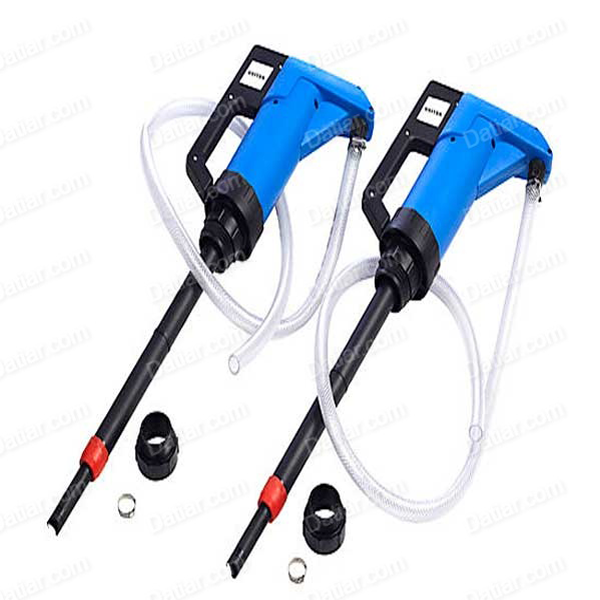Pretreatment water softening is a critical process to mitigate the risk of calcium or magnesium causing scale formation on the membranes of filtration systems. This essential step requires specific water-softening chemicals, including demineralizers, dechlorinators, and ion exchangers. Among these, ion exchangers play a pivotal role. Water softeners are primarily deployed to remove calcium and magnesium ions from water, particularly in scenarios like boiler makeup water. If these ions are left untreated, they can serve as the foundation for the development of insoluble compounds that will precipitate within boiler systems.
A water softener effectively addresses this concern by substituting precipitate-forming ions with sodium ions. Given the high solubility of sodium-based compounds, the potential for precipitates stemming from hard water is nullified. Within a water softener, ion exchange occurs as water passes through a bed of small plastic resin beads, which are thoroughly saturated with sodium ions. As water containing calcium and magnesium ions traverses the resin beads, these ions adhere to the ion exchange resin, freeing up the sodium ions, which dissolve into the solution. Gradually, the resin beads become laden exclusively with calcium and magnesium ions, devoid of sodium. At this stage, the softening process ceases, and hardness ions (Ca and Mg) begin to seep through the bed. When leakage occurs, or prior to the resin’s exhaustion, it’s time to regenerate the media.
DANATIVARA’s field engineers are seasoned professionals in the treatment and operation of these and other types of softening systems. The necessary chemicals may encompass burnt lime, hydrated lime, dolomitic lime, caustic soda, calcium chloride, gypsum, alum, ferric sulfate, sodium aluminate, polymers, and ferrous sulfate (copperas). Collaborating with your team, we tailor the optimal water softening program to conserve energy, curtail treatment expenses, and enhance water softening effectiveness.
Ion exchangers serve to transfer ions from raw water to solid material, preventing undesirable ions from precipitating and forming scale on critical heat transfer surfaces. Water softeners harness ion exchangers to eliminate ions like magnesium and silica, substituting them with sodium ions. These ion exchange resins must undergo routine regeneration to restore their capacity post-exhaustion. This regeneration involves a sequence of steps, including backwashing accumulated material, brining the resin, and rinsing the bed. Water softeners can also be employed for pre-treatment or post-treatment in contexts involving reverse osmosis (RO) systems. By pre-softening the water, the risk of calcium or magnesium scale on RO membranes is mitigated. Such scaling impedes water flow, necessitating higher pressures and leading to reduced efficiency. Additionally, post-treatment with softeners can refine the water used for boiler makeup.



![products_fe25[1]](https://datiar.com/wp-content/uploads/2022/12/products_fe251-530x176.jpg)


